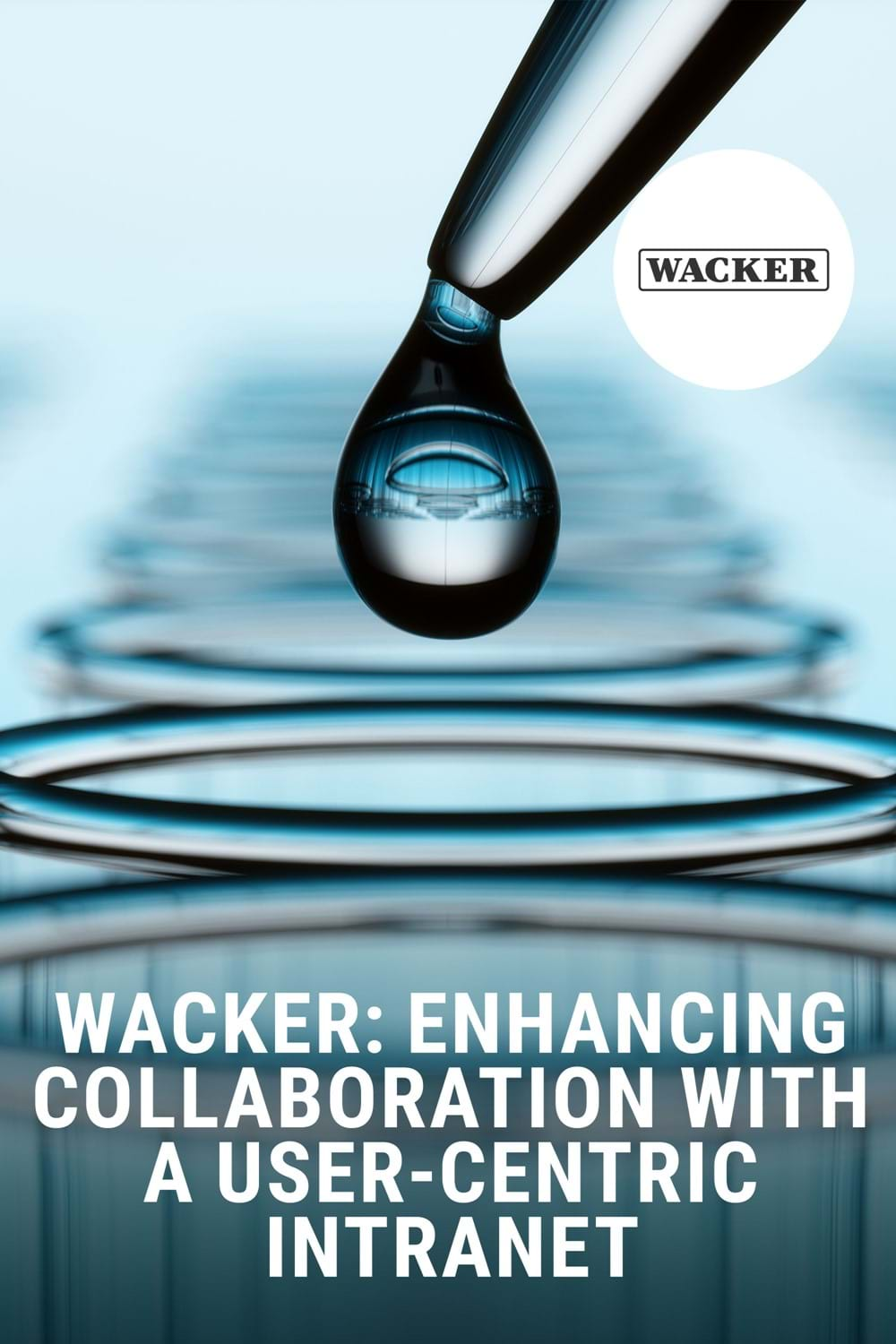Your workforce doesn’t have time to sift through countless systems looking for information - provide them with one digital location that empowers them to do their best work. Say goodbye to filing cabinets and mountains of sticky notes, with a modern data management system that collects all your company's knowledge in a single place. Discover Unily’s knowledge management platform that puts key insights directly in the palms of your employees’ hands.
"Our intranet has a high degree of engagement and readership - we're really seeing our community come alive."
"We needed the design to be super elegant and the UX had to be really strong. It needed to be multi-sensory so users want to reach out and touch it, then talk about it and use the social features to take that message, and what they've learned, and share it with other employees."
"Unily has great search capabilities, contemporary design, is viewable on any device and soon will allow us to reach employees in our distribution centers, labs, and transport networks for the first time. It’s a real game changer for us."
All your content, all in one place. Ensure key documentation is always available, up to date, and easy to access with robust enterprise knowledge management solutions. This single searchable system saves time and ensures no knowledge or data is ever missed. Keep key content pinned to the top of any search to quickly provide employees with crucial data and insights, without them needing to search through mountains of information.
Create a hub of boundless innovation. Dismantle knowledge silos with a dynamic platform that actively encourages employees to share their insights. Take advantage of an ideation portal that showcases cutting-edge ways of thinking. Fuel collaboration and inspire healthy competition by granting employees the opportunity to vote on their favorite ideas. Create an environment that fosters open dialogue and spurs creativity, allowing your employees to unleash their full potential.
Digital workplace knowledge management starts with employee's being able to find one another. Help your employees connect in an instant with comprehensive user profile directories. Unlock expertise from all around the world and remove counterproductive work silos. Showcase your knowledge base, fostering a collaborative environment that brings people with complementary strengths together. Search by skills, job role, department, or name, and allow your employees to locate one another with ease.
Read the full case study
Help your employees excel by providing the knowledge they need to improve. Drive progress with an up-to-date and user-friendly knowledge management platform. Give your employees immediate access to extensive training materials and role-specific information. Enable uninterrupted learning and skill development with effortless information retrieval. Contribute to employees’ learning with documentation that continuously evolves according to the latest solutions and corrections.
Establish a knowledge database that allows employees to share their expertise for years to come. Offer new hires the best possible start by granting them access to knowledge shared by their peers. Facilitate a comprehensive onboarding process that leverages the collective wisdom of your entire workforce. With an effective intranet knowledge management system, you ensure that when an employee eventually leaves your organization, the invaluable knowledge they possess remains behind.
Knowledge management is a term that refers to how an organization manages, stores, collates, and uses every piece of information it holds. This information is collected from all departments within the business and may include internal and external information.
Internal knowledge examples include:
External knowledge examples include:
Knowledge management software can encompass both document management software and enterprise knowledge base software.
Effective enterprise knowledge management, achieved through the use of robust knowledge management software, gives your teams the tools they need to do their jobs effectively. It ensures all information and employee expertise is digitized, categorized, and available for future use, even after employees leave the company.
With an effective knowledge management platform, employers can give their employees the means to innovate by launching a platform designed around collaboration.
The most effective way to implement knowledge management within an organization is with digital workplace knowledge management software. A company intranet is one such software capable of providing the means for peer-to-peer collaboration.
All company knowledge can be uploaded with ease, and once it is in a single location, can be retrieved with a powerful search engine. This searchable database is also found in intranet knowledge base software, which can be accessible by customers.
The best knowledge management systems provide up-to-date and relevant information to employees, as and when they need it. This knowledge might be anything from training materials and tutorials to client data and employee records.
A good intranet knowledge management system should also be built around a robust searchable database. For example, Unily allows employers to set topics by department or job role, and presents relevant knowledge to employees at the top of any search result. Try out the free demo and learn how you can drive employee collaboration with an interconnected intranet.










Social knowledge sharing
Harness intuitive social features and make enterprise-wide insight sharing the digital equivalent of popping your head over the office cubicle. Nurture social communities to make it easier than ever for employees to lend their colleagues a helping hand. Cultivate a vibrant workplace culture with active community engagement and the seamless sharing of expertise. By leveraging public profiles, employees can effortlessly connect with their peers and strategically segment information by topic and department to easily access the knowledge they require.
Social Intranet